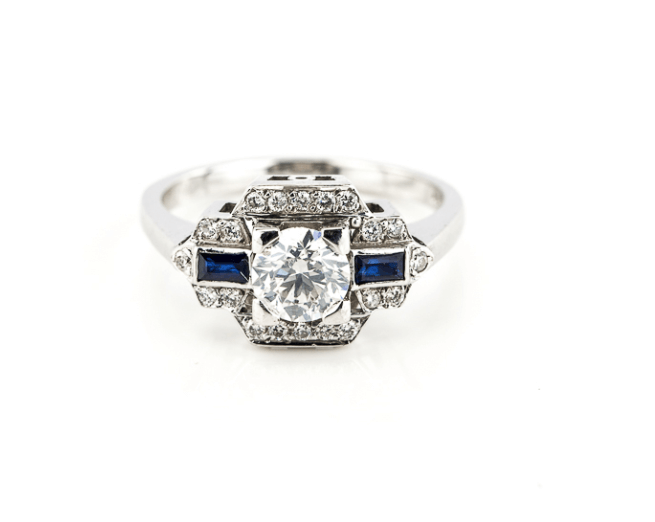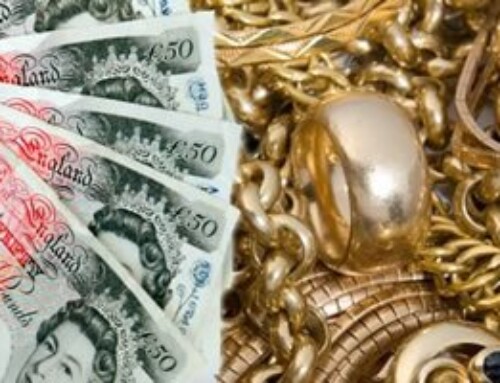
We have nature to thank for the beautiful creation that is the diamond –
life’s ultimate accessory and every woman’s best friend – but you want to make sure that this friend is the real deal.
The first thing to do when checking whether a diamond is authentic is get hold of a jeweller’s loupe, and you can do this quite inexpensively online. The next thing to do is to pick up the stone in question and use your loupe to magnify it, so you can inspect the hardness and wear of the stone. You’ll want to keep both eyes open when you are doing this, to create that 3D effect. As diamonds are one of the world’s hardest materials, you should expect to see minimal damage. Imitative materials, such as cubic zirconia, are a lot softer and therefore easily damaged. The points where the edges meet on a diamond are completely different from a cubic zirconia: on a diamond they will be sharp and crisp, while those on a cubic zirconia will be more rounded. The next thing to look out for – still using your loupe – are inclusions: diamonds have natural inclusions that resemble tiny feathers or clouds. Synthetic stones have parallel, needle-like inclusions which are too fine and ‘organised’ to appear in a real diamond. If you can’t see any inclusions then most likely you’re about to lose a friend: the stone isn’t real.
These tips all work for a stone encased in a fixed setting, but if you are able to get the stone loose, one of the easiest ways to gauge its authenticity is to weigh it on a diamond scale. If you were to compare a diamond and a cubic zirconia of the same size, the diamond would weigh significantly less. You can easily look up diamond size and weight charts to use as a guide, but a 6.5mm diamond is approximately around 1 carat.
Another test you can perform yourself at home is to pick your stone up and breathe on it. The stone will cloud over and ‘fog’ up, but if it’s a real diamond the cloudiness should only last around 3 seconds before clearing. If you repeat the same test on a cubic zirconia it would last longer: around 8.9 seconds. This is because diamonds dissipate heat. While this isn’t a definitive test of a stone’s legitimacy, it can be a good indicator. One last quick test you can do involves holding your stone up to a piece of paper with writing on it: with the cubic zirconia you should still be able to see the writing clearly, but if you do indeed have a diamond, you won’t be able to make out the writing.
Our advice when in the market for any diamond is to keep in mind the four Cs –
colour, cut, clarity and carat weight – and, most importantly, don’t be afraid to get a second opinion!



